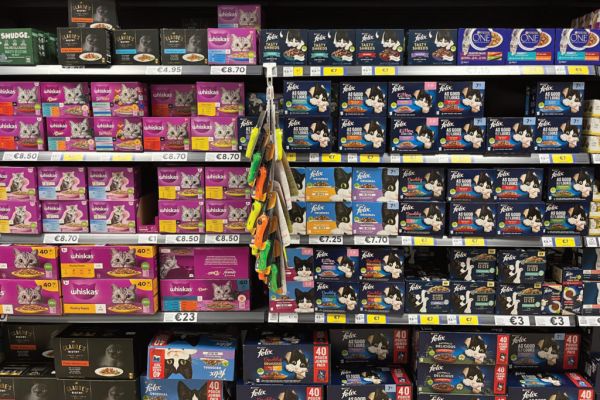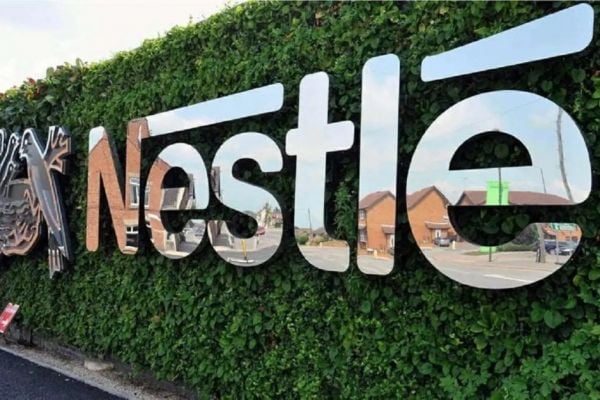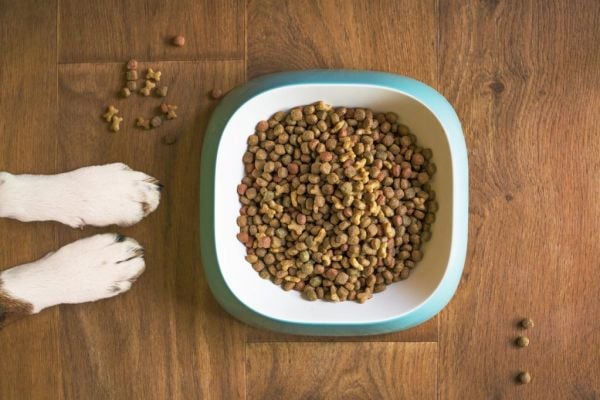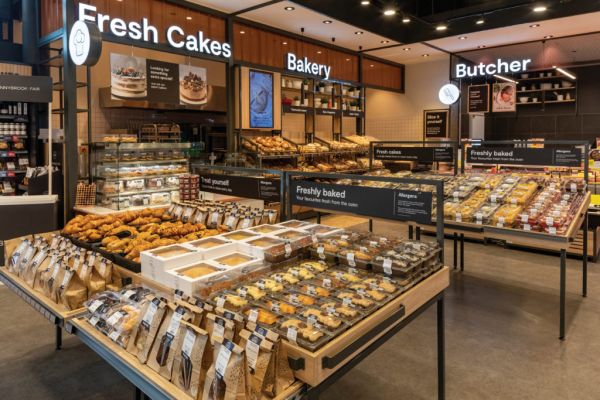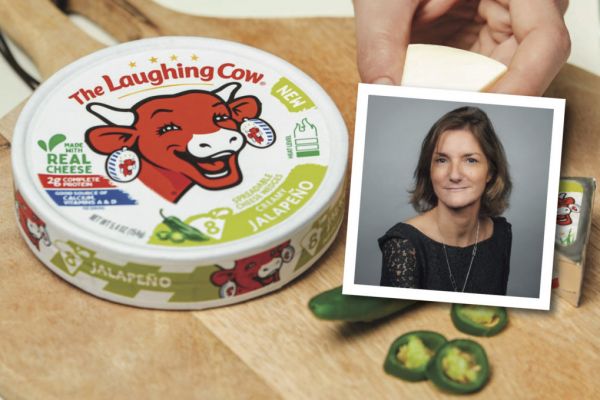Dayeeta Das explores how the changing dynamics between pets and their owners is reshaping the pet food and pet products sector. This article first appeared in ESM's March/April 2024 edition.
The relationship between pets and humans has evolved from a symbiotic partnership to that of cherished family members.
The onset of the COVID-19 pandemic further consolidated pets’ status within the family unit, giving rise to the increased ‘humanisation’ of pets, with pet owners – or ‘pet parents’, as they are increasingly known – drawing parallels between their own lifestyles and preferences and those of their furry friends. The pandemic may be behind us, but this relationship has persisted.
“Pets are like children,” Paul van der Raad, pet industry expert, Global NBD director Pet at Protix explains. “We want to give them a healthier, longer and happier life.”
Impact Of Humanisation
Health plays a significant role in the humanisation trend, as it mirrors the lives of pet owners. Just as humans watch out for ingredients like salt, sugar, and fats in their diets, they now monitor these items in their pets’ food.
This growing emphasis on health and wellness, has prompted a shift towards premium and specialised pet food options, observes Nicole Paley, deputy chief executive of UK Pet Food, the British association of pet food manufacturers.
“Ingredients such as probiotics, prebiotics, and functional supplements are being incorporated into pet food formulations to promote better digestion and support immune systems and overall well-being,” she says, “This is a long-standing trend.”
Mars is a major player in the international pet food industry, as the owner of the Pedigree, Whiskas and Royal Canin brands, among others. According to Brendan McLoughlin, country manager for Mars Ireland, demand for higher quality pet food is a long term-trend linked to the increasing status of pets within many families, and he expects this to continue in the years ahead.
“In recent years, more and more people consider pets as part of their family, especially as many millennials are waiting longer to have children,” he tells ESM. “This has led to greater demand for higher quality pet food and an increased trend towards premiumisation, emphasising the superior quality and exclusivity of products in pet care.
Sonia Franck, secretary general of FEDIAF, a representative group for the European pet food industry, adds that many pet owners are looking for pet food that reflects their own tastes, which has led to an “increase in premium products – with ‘natural’, ‘raw’ and ‘organic’ food on the rise – giving lots of choice for owners,” she says.
“Specialist products, including those focusing on specific health benefits continue to be very popular and have shown strong growth. Premium, luxury, healthy and functional foods are moving into the mainstream as owners seem more focused on their pet’s diet.”
State Of The Market
The pet food market has seen continuous growth in recent years. As of 2022, the pet population in Europe stood at 340 million, according to FEDIAF, with approximately 91 million households owning pets. Sales of pet food products across the continent amount to around €29.1 billion annually, growing at 5.1%, while in volume terms, 10.5 million tonnes of pet food is sold, reflecting growth of 3.5%.
Italy is one country in which the pet food segment has outpaced the growth of the overall FMCG market in terms of value, volume and pricing, according to data shared by Circana at the Italian Pet Summit in February of this year.
“Pet care and pet food – the pet economy – is still growing, notwithstanding a more difficult overall consumption situation here in Italy,” senior business insights director at Circana, Paolo Garro, tells ESM.
While the category is witnessing growth, it is worth noting that the overall exponential increase in pet ownership from the pandemic years is stabilising and is likely to impact the growth of the pet food category in the future – the pandemic-era surge in pet ownership making way for a levelling off period.
“My view is that from now on, unless something unexpected happens, the market will keep on growing in value, but not in volume,” Garro adds. “It will be more or less steady, or with very limited growth in volumes.”
A Special Touch
Another growth area, according to van der Raad, is the fresh and frozen pet food segment as pet owners “want to do something extra” for their pets, such as preparing meals.
He cites the example of direct-to-consumer operator HelloFresh, which launched a premium pet food brand – The Pets Table – in the US last year. The range offers human-grade fresh and air-dried recipes customised to meet the specific calorie requirements of each dog.
The market for direct-to-customer pet meals is projected to grow at a CAGR of over 20.4% from $2.8 billion (€2.57 billion) in 2023 to $18 billion (16.49 billion) in 2033, with subscription services for dogs expected to be an increasingly prominent revenue stream, according to recent data from Persistence Market Research.
Customers are also increasingly considering gourmet meals for their pets, as well as treats for special occasions, and are willing to cut expenditure on their own clothing, holidays, or eating out to get a special gift for their dogs or cats, says van der Raad, “There is a present under the [Christmas] tree for them, just like any other family member.”
Cost-of-Living Issues
The cost-of-living crisis of the past year has forced consumers to scale back on their grocery expenses, but a different pattern was observed when it came to shoppers’ willingness to compromise on pet food.
Pet owners responded to inflation by making adjustments in their spending habits, such as shopping for discounts, buying in bulk, and exploring more affordable options, according to UK Pet Food’s Paley.
“Pet food brands are working hard to minimise the [cost] impact on owners by carefully managing their supply chains, optimising production efficiencies, investing in energy consumption improvements, adapting pallet sizes, to name but a few adjustments,” she says.
In addition to opting for lower value SKUs, some consumers adopted a ‘horizontal’ approach as they opted for premium private-label products, often available at a similar price to that of mainstream brands.
The year 2023 was a fantastic one for private label pet food, with the segment seeing significant growth, according to van der Raad. This follows on from 2022, when private-label pet food increased its share of the €10.8 billion category by 18% (€3.6 billion) across Europe’s six largest markets – France, Italy, Germany, Spain, the UK and the Netherlands – according to Circana data.
Brand Presence
How has this affected major brands in the sector? François-Xavier Roger, chief financial officer of Nestlé, recently noted that the “Pet Care category is very sticky”, with a lot of brand loyalty, words that were echoed by Nina Leigh Krueger, chief executive and president of Purina North America, who added that the brand has not seen a lot of “trading down” as its portfolio of products offer quality nutrition across a broad spectrum.
For their part, manufacturers are adapting to various challenges, including exponential increases in the costs of ingredients, labour, energy, transport, and packaging, brought about by global events.
Mars’ Brendan McLoughlin says that the company remains focused on ensuring that its products offer great value for money, so that every pet parent has access to choose the right brand to meet their needs, feeding choices and budget.
“While premiumisation of pet food is a growing trend, there is still significant demand for mainstream products and [we] will continue to provide high quality options to both,” he says.
Sustainability Matters
As in other grocery categories, sustainability ranks among the top purchase considerations for shoppers in the pet food and pet products category, behind quality and safety, but it is likely to gain traction over the coming years.
When it comes to pet food, however, consumers have different concepts of sustainability – for some it is the packaging, for others it is raw materials or ingredients, energy, or products from farming that could be reused for pet food.
Circana’s Garro observed that among the presentations from brands at the Italian Pet Summit, sustainability is gaining increased focus, and he expects an increase in the communication of these marketing claims, on topics such as sourcing, packaging, the circular economy, and pollution reduction.
Paley noted that the UK pet food industry is “actively championing sustainability through the provision of eco-friendly packaging options, responsible ingredient sourcing, fostering research and innovation into alternative ingredients, promoting environmentally friendly production practices, and a commitment to educating pet owners to make choices that benefit both their pets and the planet.”
Several industry leaders have already jumped into action. Mars introduced electric distribution to its European logistics network in January 2024, between its Verden and Minden Petcare sites in Germany. Elsewhere, the firm has committed to using only 100% deforestation-free beef and paper, adhering fully to fish-sourcing guidelines, and using 100% renewable energy in the several markets.
At Nestlé, meanwhile, the company is seeking to optimise the packaging and energy usage in its pet food factories, as part of its sustainability agenda, with recent customer data indicating that two thirds of consumers consider sustainability as one of the important areas they look at when choosing a pet food product.
Alternative proteins, including insect-based and plant-based proteins, are also set to gain traction in the coming years, as awareness about these ingredients grows. According to van der Raad at Protix, there are more than 100 brands currently offering insect-protein based pet food products, predominantly in Europe, with the market having significant growth potential.
Innovation And Growth
Despite market challenges, the pet industry continues to explore new growth areas in recent years to cater to demands arising out of the changing dynamics between pets and their human ‘parents’.
Premiumisation, expandable consumption and emerging growth areas are set to be the three key drivers fuelling pet care category growth in the years ahead, with strong growth already seen for specialist products that focus on specific health benefits, while premium, luxury, healthy and functional foods are moving into the mainstream, as owners become more focused on their pet’s diet.
“We have seen changes over the years, with the market moving from basic pet foods that provide the right nutrients in the right quantities to more sophisticated foods that do this and much more,” says FEDIAF’s Franck.
We can also expect to see more personalisation, too – as van der Raad notes, emerging e-commerce players enable pet owners to “fill in the age, sex and activity level” of their dog or cat, and a bespoke recipe can be developed to match. “It’s a growing sector – I wouldn’t say it’s even 5% of the market yet – but it’s there,” he adds.
The remainder of the decade, therefore, is likely to see a continuation of the innovation trend that has shaped the pet food and pet food products category in recent years, with new product development continuing to accelerate.
“One thing is certain,” Paley adds. “There can be no compromise on our pets’ nutrition.”
This article first appeared in ESM's March/April 2024 edition.
